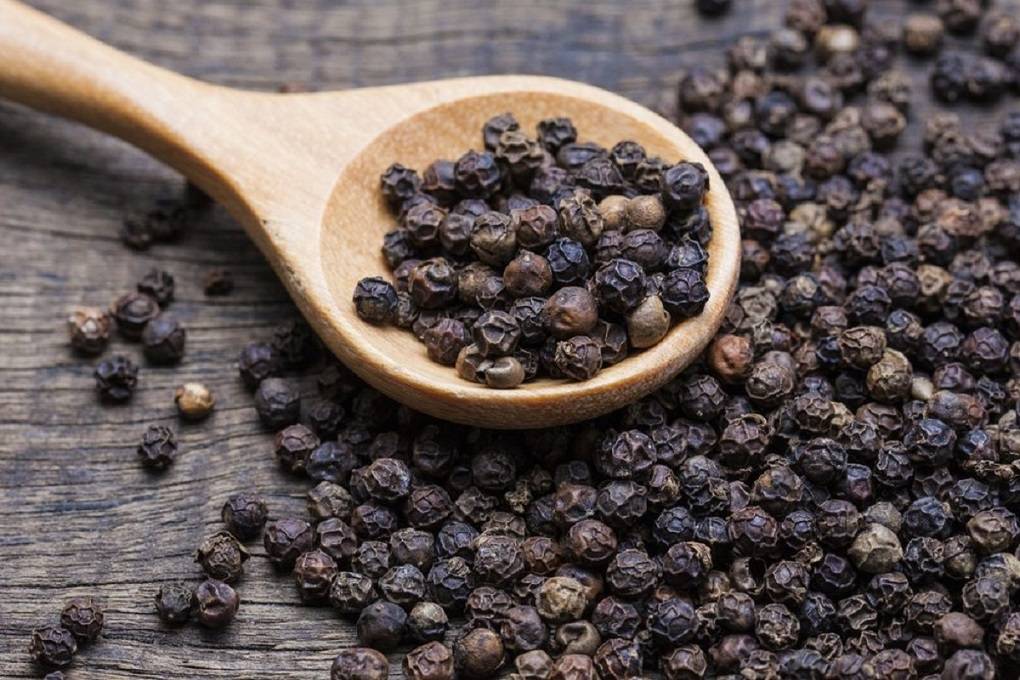
Black pepper is a plant that is native to South Asia and Southeast Asia. Historical evidence shows that black peppercorn, a spice that is cultivated from the fruit of the black pepper plant, has been used in Indian cooking since at least 2000 BCE. Like many eastern spices, black peppercorns are also extensively used for traditional medicinal purposes.
It was believed that it could cure insomnia, sunburn, toothache, and even eye ailments. A teaspoon of ground black peppercorn has approximately 6 calories, 0.2 grams of protein, 1.4 grams of carbohydrates, 0.6 grams of fibre, 10 mg of calcium, 0.2 mg of iron, 3.9 mg of magnesium, 3.6 mg of phosphorous, and 30.6 mg of potassium. It is also rich in micronutrients such as fluoride, niacin, folate, beta carotene, vitamin K, and vitamin A.
India is one of the largest producers of black pepper. Let’s take a look at the best location, climate, time, types of soil, and fertilizer for growing black pepper plants.
Seeds and Soil Preparation- Black pepper plant tends to thrive in well-drained soil that is rich in humus content and other plant nutrients. However, it can also grow in sandy, clay, and red loamy soil. This plant prefers acidic soil and can tolerate pH levels of up to 5 to 6.5. Before planting seedlings or sowing the seeds, make sure that the soil is rich in organic matter.
Seeds can either be sown directly into the ground or can be sown in a nursery pot. While sowing seeds, sow two to four seeds 1 inch apart. Make sure to keep the soil moist but not saturated and let the seeds germinate for a week. Water the seedlings regularly until roots begin to form. You can transplant your seedlings into larger pots or the ground once they start to grow leaves.
Sunlight- Black pepper is a tropical plant that is grown in hot and humid climates. In India, it is largely cultivated in Kerala, Karnataka, Tamil Nadu, Andaman and Nicobar Islands, and Maharashtra. This plant can tolerate temperatures above 40 degrees calcium and require at least 5 to 6 hours of filtered sunlight or partial shade. This plant thrives in a humid environment. So, if you live in a dry place, consider growing this plant in a greenhouse or near a humidifier.
Irrigation- The Black Pepper plant needs to be watered regularly. Overwatering and underwatering your plant will have adverse effects on its health. The best time to water your plant is when the soil is beginning to dry. This plant is not drought resistant, therefore, the soil must remain consistently moist.
Fertilizer- Only organic fertilizers should be used as it helps the plant grow faster and produce more fruit. However, too much nitrogen-rich fertilizer will encourage only leafy growth.
Harvest- This plant is ready to be harvested when the fruit starts turning red from green. You can pick the fruit once it has developed a dark red colour. Once harvested, dry the peppercorns in the sun or in a food dehydrator until they have hardened and turned completely black.
Pepper plant general caring tips
-
Pepper plants need proper exposure to sunlight. Low light conditions are not conducive to healthy flower and fruit growth.
-
Avoid over-fertilization as it can lead to excess nitrogen in the soil, which encourages only leafy growth.
-
Prune and weed your gardens regularly. Pruning dead or dying parts of the plants along with removing weeds helps the plant absorb nutrients and sunlight properly.
-
This plant is neither drought nor frost resistant. Therefore, in the event of frost-like conditions cover the plant. This plant requires regular watering and thrives in humid conditions, so it is best to not grow it in a dry environment.
-
Pests can be avoided by applying mulch and crop rotation.
















